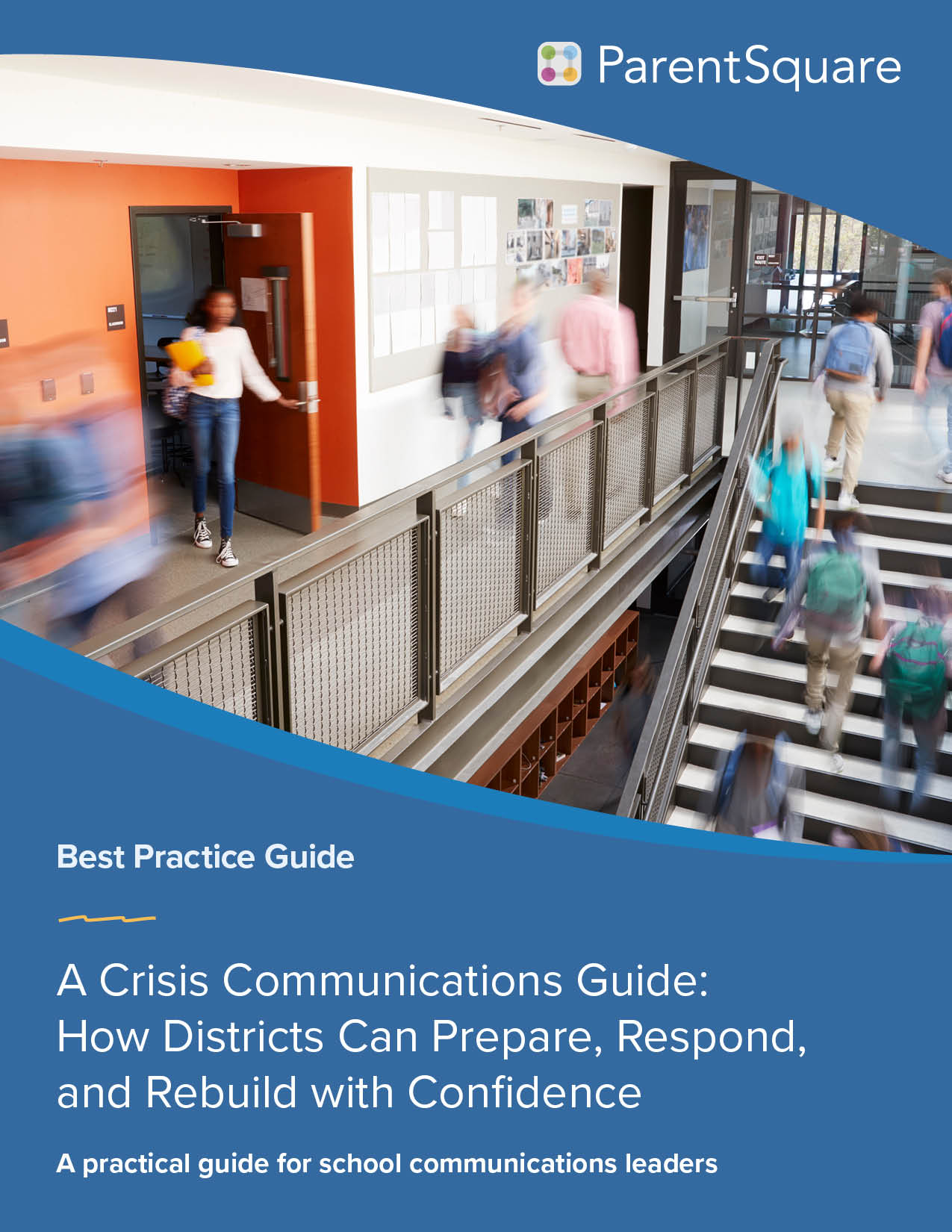
To be successful, students need to receive support from the whole school community. This includes parents, teachers, school leaders, coaches, community groups, and more. When schools become actively involved in supporting students’ needs––not only on campus, but also at home––connections develop and strengthen between all members of the school community. As these relationships deepen, schools can better provide access to the academic, health, and social resources that students and their families need, which helps to address potential learning barriers.
As a school leader, it is important that you and your colleagues take steps to support your students and their families both in and out of the classroom. Here are four ways to strengthen your school community connections:
- Familiarize yourself with local neighborhoods.
The first step to strengthening the sense of community in your school is to learn about the area your school is located in and familiarize yourself with the diverse local populations that come together to form your school community. It’s important to develop an understanding of the opportunities and challenges that local communities face to provide students and their families with the resources and support they need. Getting familiar with the neighborhoods around your school will also enable you to engage with and learn about the various cultural backgrounds of your students.
- Encourage open, two-way connections with families.
Boosting clear and open channels of communication with students’ families helps to establish and nurture connections in your school community. According to the National Center on Parent, Family and Community Engagement, parents who feel supported by their child’s school community experience less stress, feel more competent as parents, and are more involved with their children both at home and in school. A unified school-home communications platform is an efficient and effective tool to help parents stay involved in their child’s education while connecting directly with teachers and the school community.
- Provide resources and communications in accessible languages and formats.
To create a strong and inclusive school community, it’s crucial for schools to acknowledge the diverse needs of students and families––and adjust school support to meet those needs. This means that schools should provide accessible resources and communications for all families, including multiple language options for communications, different formats to receive information from the school, and support to help families understand the resources being provided to them. One way to do this is by using a school-home communications platform that offers immediate two-way translation for communications between schools and families, which greatly improves accessibility for the families in your school community.
- Compile community resources and regularly share them with families.
School communities benefit from personal connections between students, families, teachers, and school leaders, and these connections also help schools better understand the support students and their families need both in and out of school. Sharing information about tutoring programs, community groups, charities, and online resources with students’ families helps them more easily acquire the support they need, leaving them with more time and energy to focus on their families and communities.
Creating a culture of open communication and deeper connections at your school and within your district is an important step to strengthen your school community, and these four smaller steps will help you achieve it.
Interested in learning more about how ParentSquare can help strengthen your school community?

